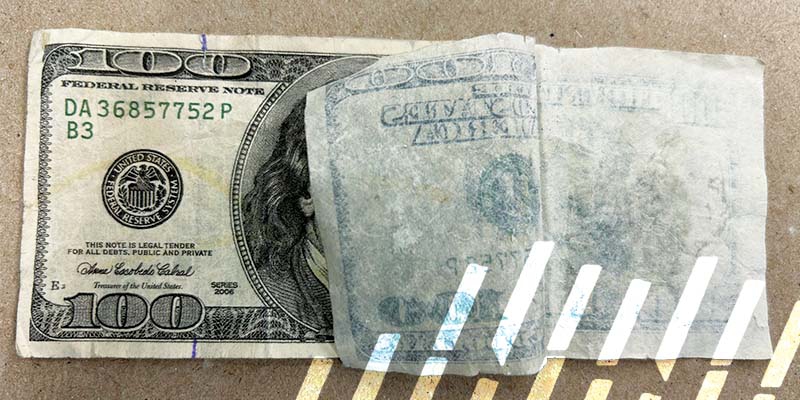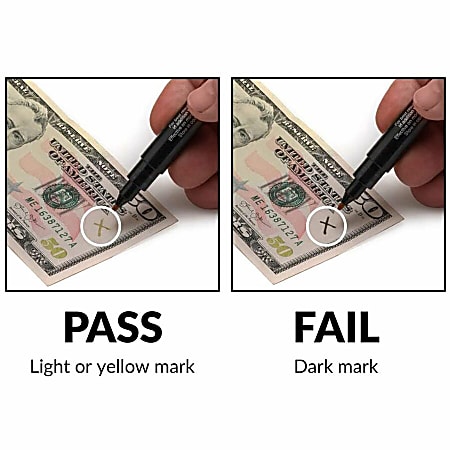Discover usings Funny Money in Artistic Creations and Theatrical Performances
copyright cash, typically associated with deception and outrage, holds a strange allure when it locates its way right into the world of staged efficiencies and imaginative productions. As we dig right into the multifaceted usages of copyright in these imaginative domains, we begin to uncover a world where credibility and replica blur, motivating us to question the very nature of value and depiction within art and performance.

Historical Value of Funny Money in Art
The historical relevance of copyright money in art is a complicated and interesting topic that loses light on the intersection of imagination, subversion, and socio-political discourse. Throughout history, artists have utilized copyright cash as a device for difficult societal norms, questioning the worth of currency, and making effective declarations concerning wide range and power.
One of one of the most noteworthy examples of funny money in art go back to the Dada movement of the very early 20th century - copyright money for sale. Artists such as Marcel Duchamp and Hannah Höch integrated phony money into their works to slam the capitalist system and check out the concept of worth in a swiftly altering globe
In addition, throughout times of economic instability or political upheaval, funny money has actually been made use of by artists as a form of protest or disobedience. By producing and flowing copyright, musicians have actually been able to interfere with the status, obstacle authority, and prompt crucial conversations concerning the role of cash in society.
Influence of copyright Currency on Visual Arts
By integrating copyright right into their works, musicians provoke discussions on the nature of worth, credibility, and societal assumptions of riches. The use of fake cash in art additionally elevates ethical factors to consider regarding the boundaries of imaginative expression and the implications of reproducing legal tender. Overall, the impact of phony money on visual arts is diverse, boosting essential representations on the junction of cash, art, and societal worths.
Importance and Definition in Theatrical Fake Displays
Utilizing theatrical fake displays, musicians utilize symbolic depictions to convey deeper definitions and evoke provocative analyses within the world of performance art. Through the unification of imitation cash in theatrical productions, makers can explore themes such as greed, power, corruption, and the illusion of wide range. The use of copyright on stage can serve as an allegory for societal concerns, financial disparities, and the fragility of monetary systems.
In theatrical efficiencies, the symbolic value of imitation cash prolongs beyond its financial worth. It can represent the deceptive nature of looks, the search of materialistic needs, and the effects of dishonest behavior. By utilizing funny money as a prop, artists can test audiences to examine truth meaning of wide range and the ethical limits that individuals may go across in its search.
Honest Considerations in operation Funny Money for Art

One try this web-site major honest consideration is the prospective lawful effects of using fake cash in art. Counterfeiting money is prohibited in most countries and can lead to severe consequences for artists who intentionally integrate imitation bills into their work. copyright money for sale. This not just puts the artist at risk but also questions concerning promoting illegal tasks with art
Furthermore, there is an honest issue regarding the authenticity of the artwork itself. Making use of funny money blurs the line between truth and imitation, potentially tricking visitors and compromising the honesty of the creative item. Musicians need to take into consideration whether using imitation money straightens with their values and imaginative intents, considering the potential influence on their track record and credibility.
Future Fads in Funny Money Integration
Thinking about the developing landscape of imaginative expression, the unification of fake cash in creative works might witness a change towards innovative navigate to this website and intriguing methods. As artists remain to press boundaries and explore new tools, phony money could significantly be used to challenge societal norms, examine the value of money, or make powerful statements regarding wide range and consumerism.
One future trend in copyright money integration might be its application in immersive art installations where audiences are encouraged to engage with the pieces, blurring the lines in between reality and impression. Additionally, innovations in innovation might lead to the production of hyper-realistic funny money that is practically tantamount from genuine money, opening possibilities for much more elaborate and thorough artworks.
In addition, collaborations in between counterfeiters and artists could cause special items that combine conventional creative strategies with the craftsmanship of developing copyright. Nevertheless, moral factors to consider surrounding the legitimacy and principles of making use of copyright money in art will continue to be a factor of opinion as these future fads unfold.
Conclusion
In verdict, making uses of copyright cash in staged performances and imaginative productions have a lengthy history and continue to provide ideas for musicians. From its historic value to its effect on visual arts and my explanation significance in staged displays, copyright plays a distinct role in the art world. Nevertheless, honest considerations need to be thought about when making use of phony money for imaginative functions. The combination of funny money in art is most likely to continue evolving in the future.
On the whole, the effect of copyright money on visual arts is complex, promoting vital reflections on the crossway of money, art, and societal values.

In conclusion, the uses of fake cash in artistic creations and staged performances have a long background and continue to be a source of motivation for musicians. Moral considerations need to be taken into account when making use of copyright cash for creative functions. The combination of copyright money in art is likely to proceed developing in the future.